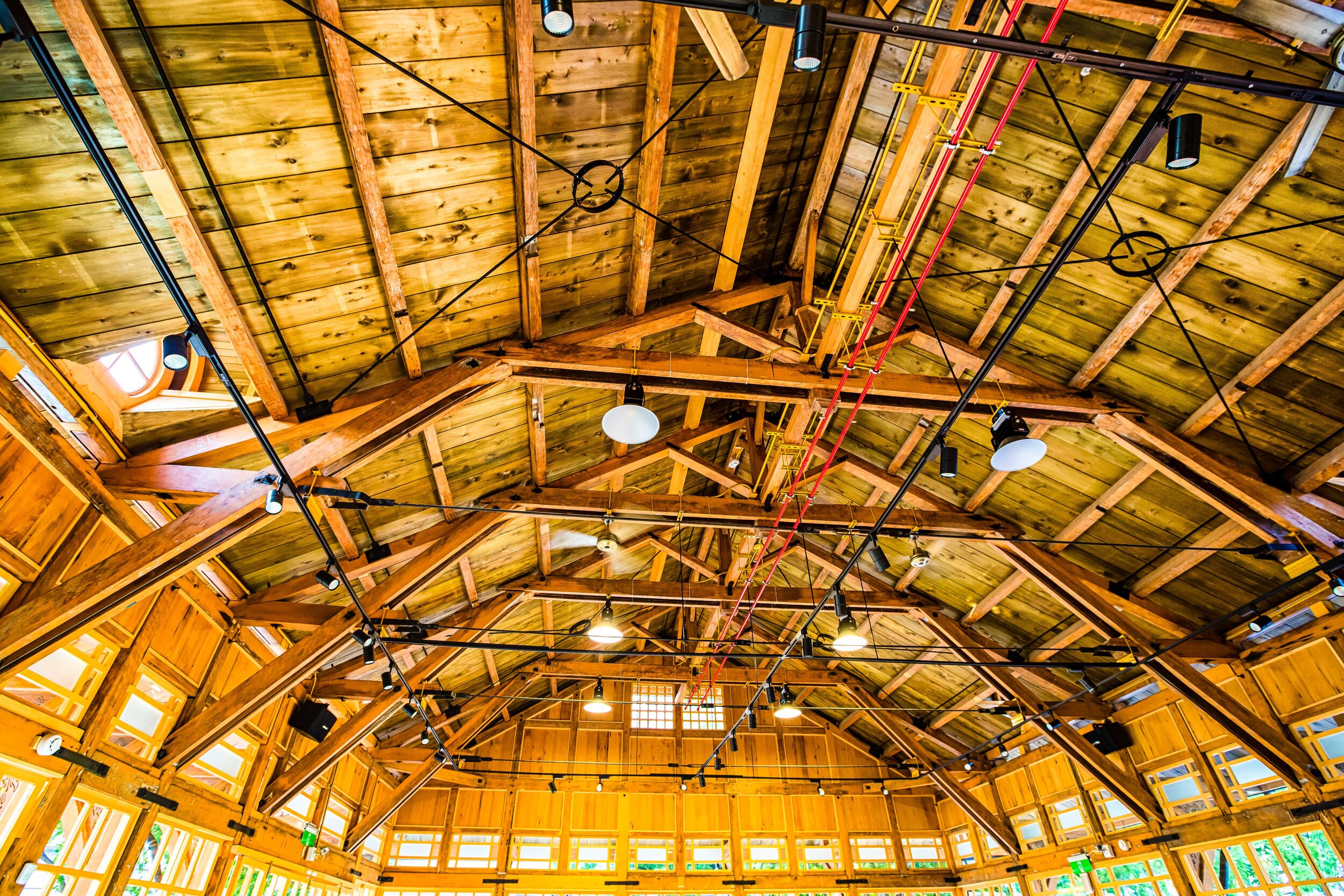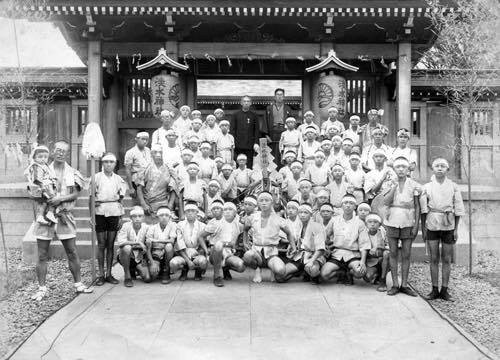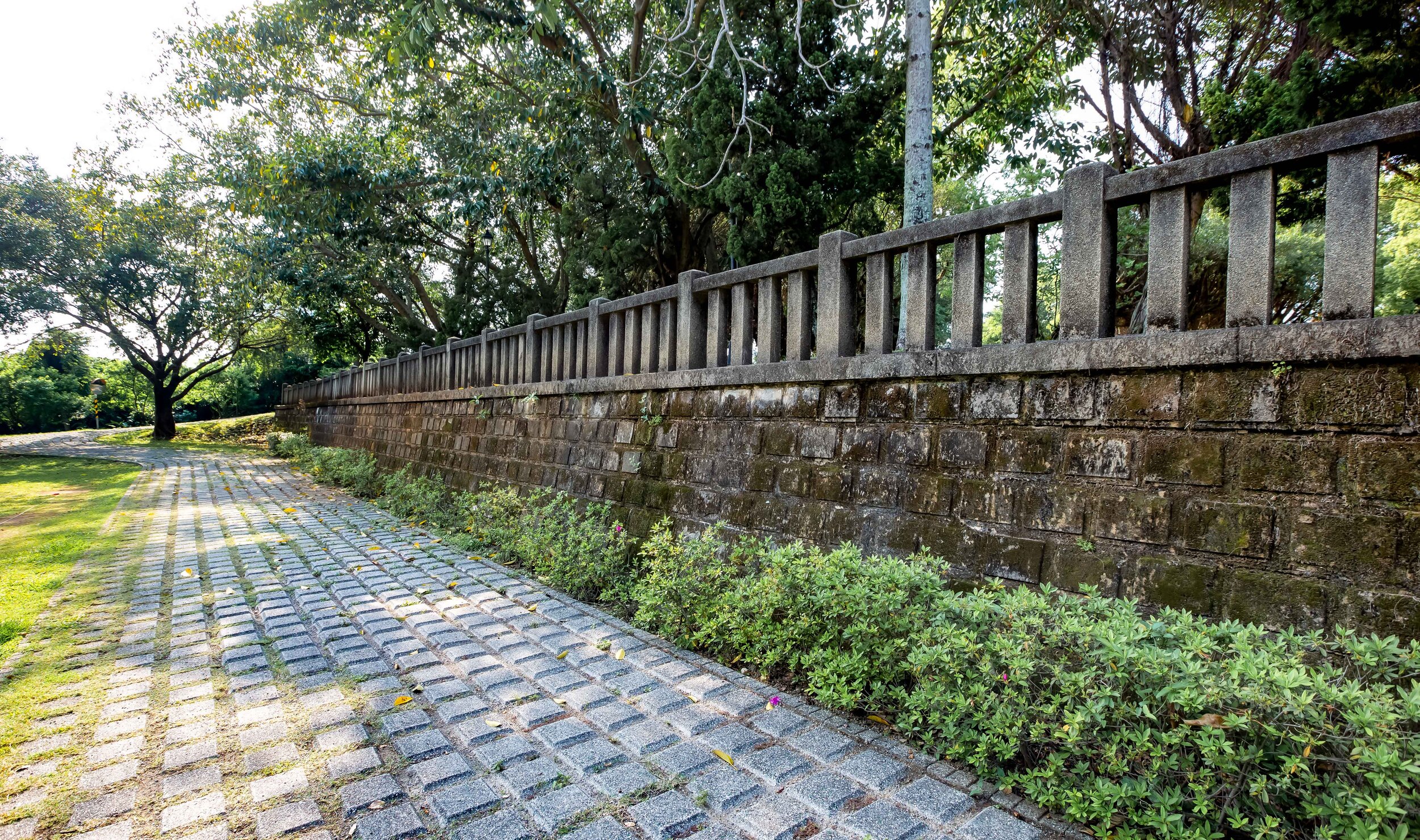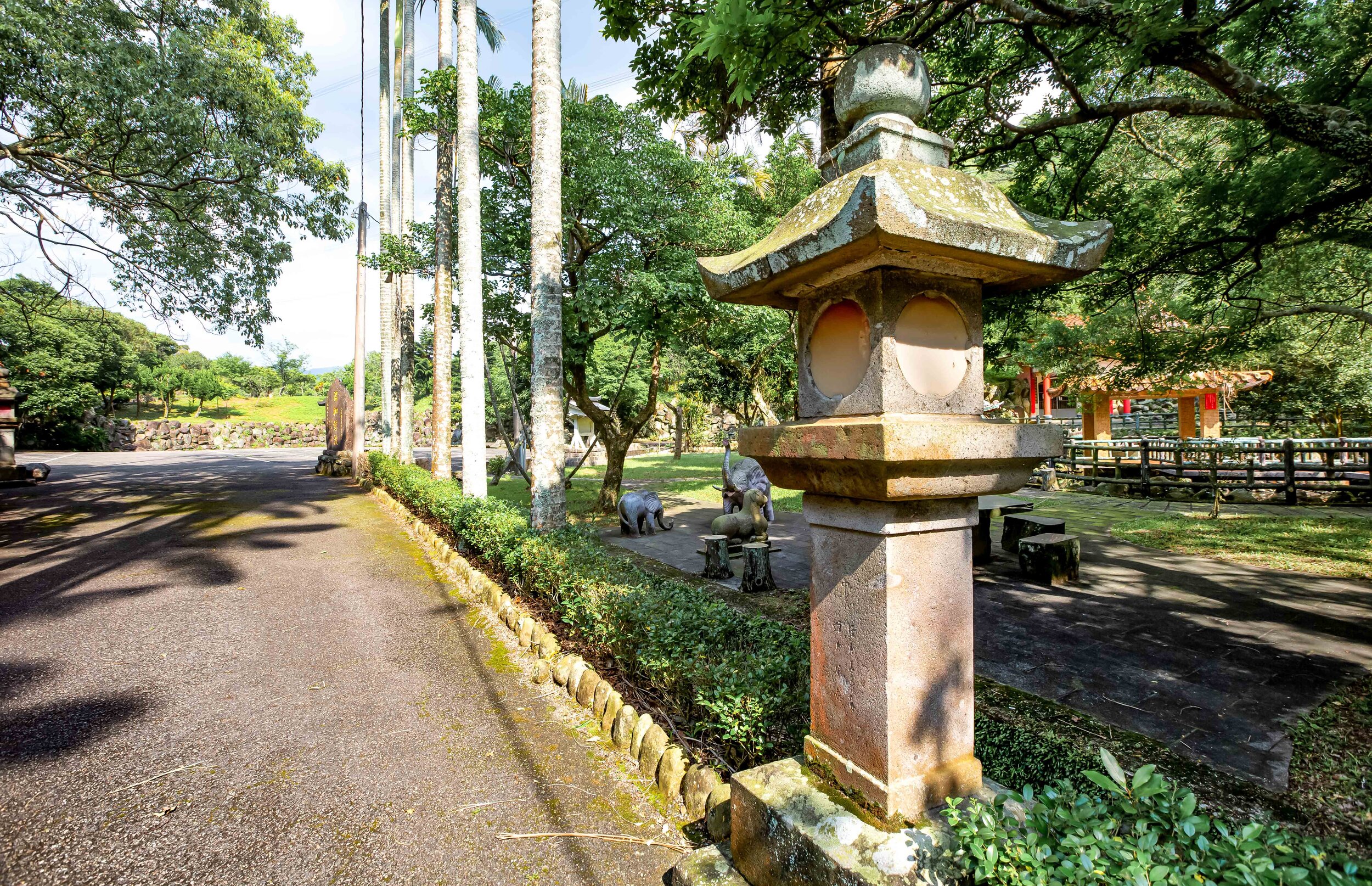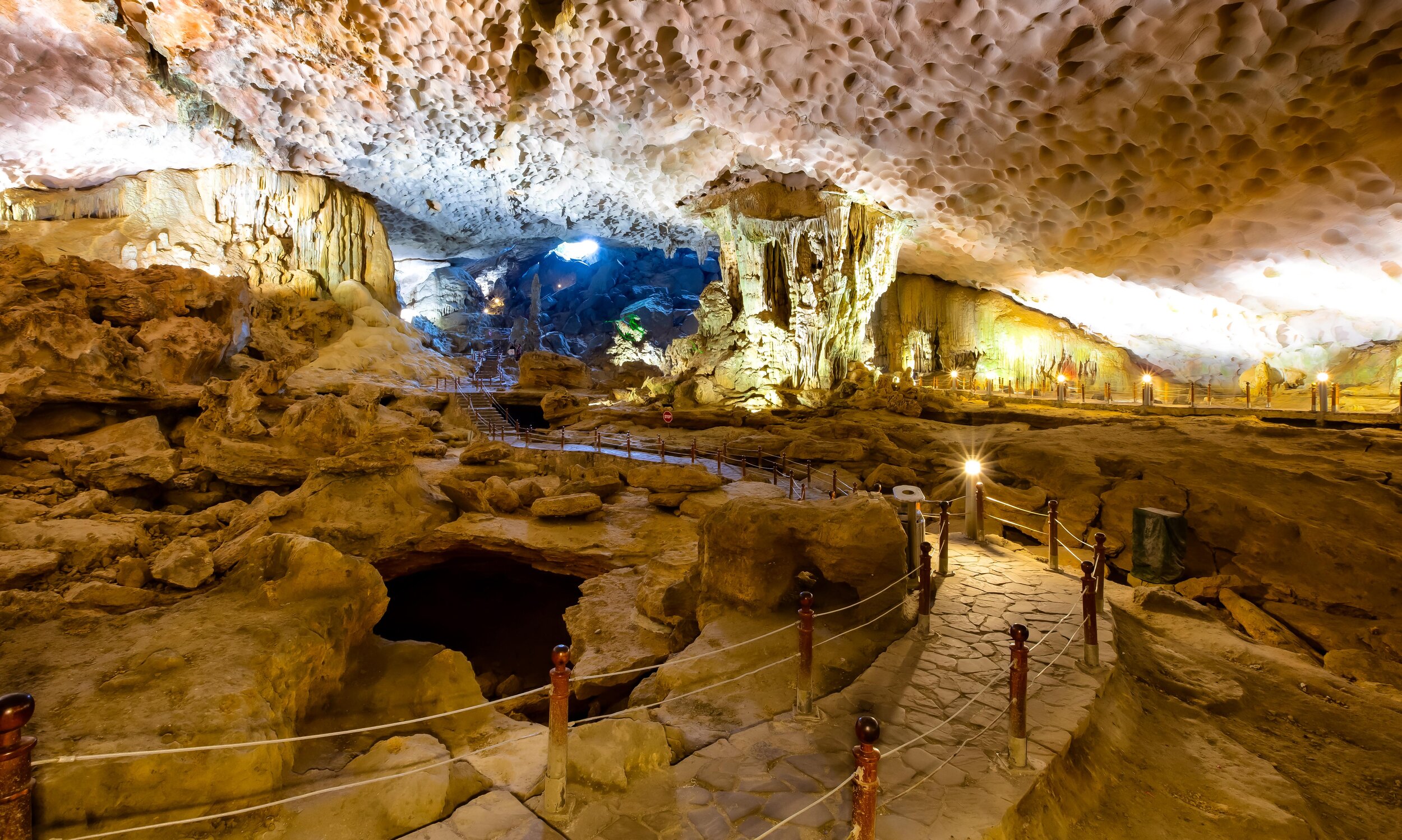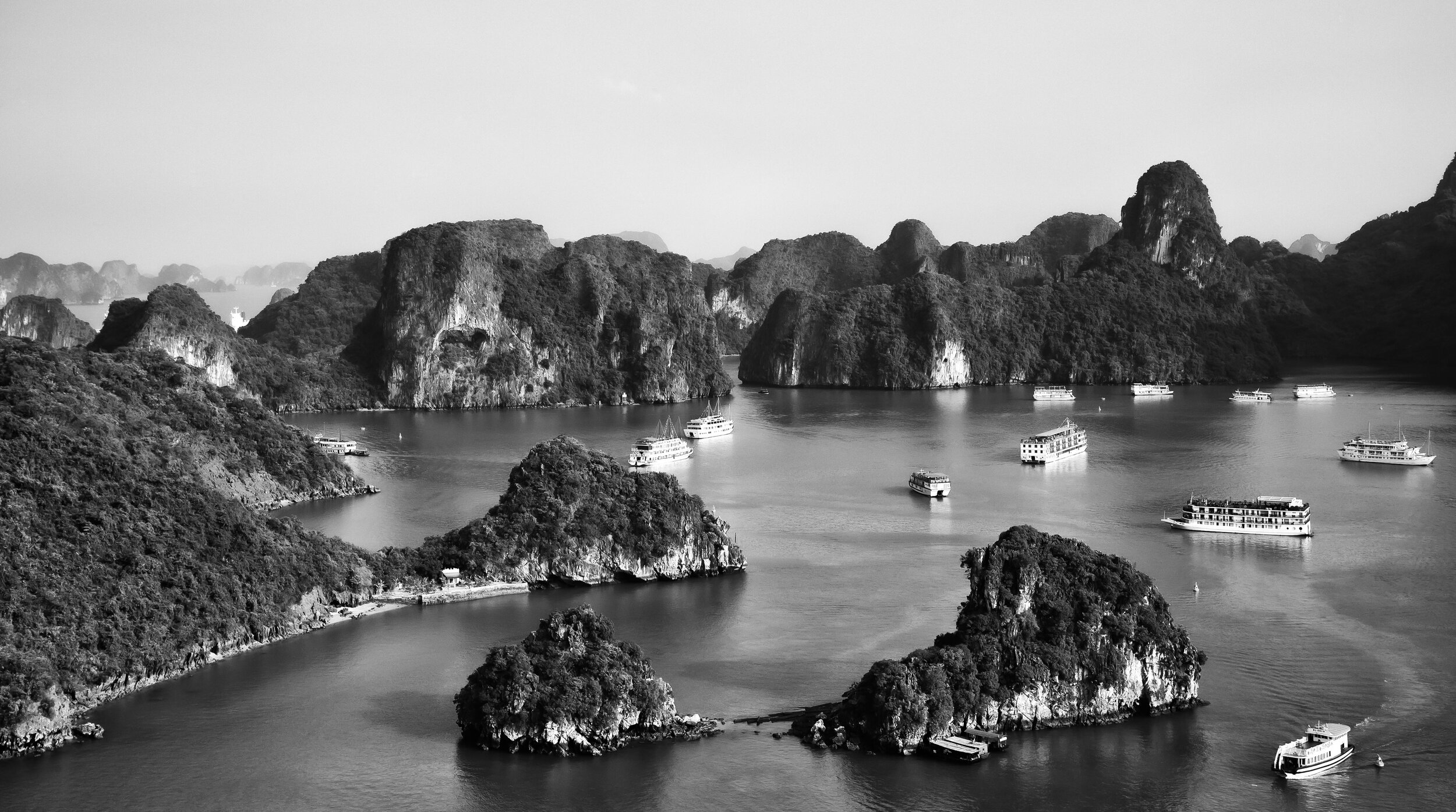For most of us from North America, there’s nothing really special about a train station.
The culture surrounding public transport just isn’t as important to us.
So if you’re not living in a major city or a model train hobbyist, trains are probably just one of those things that may or may not pass through your town once in a while.
Here in Taiwan though, trains are life.
Taiwan’s railway is not only a popular, convenient and cheap way to travel but has also been an important part of the past century of Taiwan’s development.
And I’m not exaggerating when I say that for a large portion of the population of this country, trains have been an important part of their commute to and from school and work, or at least for domestic travel.
With over 1691 kilometers of track and a ridership surpassing a billion passengers a year, the importance of the railway here cannot be understated. Likewise the connection that the railway has had culturally with the past few generations of Taiwanese is one that creates a certain level of nostalgia.
With all of that in mind, imagine for a moment how a small Taiwanese community would feel if their historic train station was suddenly uprooted and moved to some random place in another part of the country.
It should be noted that the Taiwanese government has done an exemplary job in recent years preserving (some of) its historic buildings - especially those from the Japanese Colonial Era - but twenty to thirty years ago, the situation was considerably different.
Likewise, the people of Taiwan weren’t as interested, organized or mobilized to fight for the preservation of historic buildings as they are today.
Given that so many buildings of historic importance have already disappeared, so you can be sure that if there is an opportunity to right a wrong and restore one of the most important buildings in your community to its rightful place, the people of Taiwan are going to work together for that common goal.
And they’ll make so much noise that the government will eventually have to do something.
Such was the case with the historic Xinbeitou Train Station, which today sits beautifully near its original location in Taipei’s popular Beitou Hot Spring resort, as a testament to the past, and the local community’s determination.
The Xinbeitou Train Station (新北投車站)
For the better part of a century, the Xinbeitou Train Station has been a constant fixture of life in Taipei’s popular Hot Spring Resort.
In fact, if it weren’t for this station, the term ‘Xinbeitou’ (新北投) wouldn’t have even existed.
The history of the Xinbeitou Train Station is one that goes hand-in-hand with the construction of the popular hot springs resort in Beitou, and it is safe to say that if it weren’t for the station, the resort, which predates the station by only a couple of years, would never have achieved the success that it has over the past century.
In 1910 (明治43年), plans were made by the Governor of Taipei, which was then known as “Taihoku-Cho” (たいほくちょう / 臺北廳) to start construction on a hot spring resort in the ‘Hokuto’ (北投) area of the city, which was to include public baths, inns, hotels, tea houses, shrines and parks.
When the resort area opened to the public after years of construction, it proved to be quite popular, but there was a problem - getting there took a considerable amount of time.
Not only did it require a long train ride out to Beitou, but once you got there you had to find a way into the valley where the resort was located, which was about a one or two kilometer walk, depending on where you were going.
To solve this problem, authorities constructed a branch-line off of the Taipei-Tamsui Railway Line (台鐵淡水線) which made traveling to the resort area more convenient.
The rail line, which set off from the Beitou Train Station (台鐵北投停車場) travelled a total distance of 1.2 kilometers to its final destination at the hot spring resort which would be named, “Shinhokuto” (新北投), or Xinbeitou, in order to differentiate the stations.
Link: Tamsui Railway Line (Wiki) | 台鐵新北投線 (Wiki)
The Xinbeitou branch-line officially opened to the public on April 1st, 1916 and became an instant hit as it made the hot spring resort area much more accessible to the general public.
As the years went by and more and more hotels and resorts were constructed, the modest little train station proved to be far too small to accommodate the crowds, so in 1937 (昭和12年), the station was expanded.
For three decades, the Shinhokuto Station was operated and controlled by the Japanese Colonial government, but as their situation became more desperate in the latter stages of the Second World War (and resources started to become scarce), the government tore up the rail line and used the iron to create a defensive wall along the coast in Tamsui to prevent a ground invasion by the allies.
That ground invasion never actually happened, but as I’m sure you’re already well-aware, the Japanese lost the war and were forced to give up much of the territory that they conquered, including Taiwan.
The track was rebuilt in August of 1946 (民國35年) and stayed in operation for another four decades until service on the TRA Tamsui Line was officially terminated on July 15th 1988 (民國76年).
This is where the history of the station becomes a little strange.
The station sat abandoned in its original location for a couple of years after the closure of the rail line and was scheduled to be demolished. Just before the wrecking-crew was about to show up, it was randomly donated by the Taipei City Government to the owner of the Taiwan Folk Village in Changhua, and relocated there.
The Taiwan Folk Village (台灣民俗村), which opened in 1993 was an odd mixture of an amusement park and a space meant to preserve traditional Taiwanese architecture.
The park featured not only the historic train station, but other unwanted, but historically or culturally significant buildings, which the owner spent decades preserving.
Link: Taiwan Review - Taiwan Folk Village (Taiwan Today) | 台灣民俗村 (Wiki)
Not only was the Folk Village home to the train station, but you could also find several historic mansions and temples including the Liuying Liu Family Mansion (柳營劉氏洋樓), Lugang Shih Family Mansion (鹿港施家古厝), Madou Lin Family Mansion (麻豆林家古厝), Chiayi Tsai Family Mansion (嘉義蔡家古厝), Chiayi Liao Family Clinic (嘉義廖氏診所) as well as temple dedicated to Mazu (北斗奠安宮媽祖廟) and the former Taichung Martial Arts Hall (台中武德殿).
When the Folk Village opened to the public in 1993, it proved to be quite popular with the public and played an important role in the preservation of certain cultural relics that the government was unable or uninterested (at that point in time) in preserving.
For more photos about the Xinbeitou Station as it looked when it was located in Changhua’s Taiwan Folk Village click the link below from a 2012 Chinese language blog post:
Link: 遺忘等待。彰化台灣民俗村新北投
In 1999, when the infamous 921 Earthquake (921大地震) rocked Taiwan, a considerable amount of damage was done to the historic relics in the park, which forced its closure until 2003.
Unfortunately, the novelty of the park eventually wore off and with declining visitors, revenue and the death of its owner, it became impossible to keep it (and the large hotel he had constructed next door) open.
The property was eventually appropriated by the government and was auctioned off to the highest bidder to recoup almost NT $3 billion in cash that was owed to creditors.
It was then purchased by a local (and tremendously wealthy) Buddhist organization (大佛山股份有限公司經營), which had some plans for the property, but between 2007 and 2012 not much happened, so it was decided to permanently shut it all down.
While all of this was taking place in central Taiwan, there was a growing cry from the residents and local officials in the Beitou area, who lobbied for the return of the station to its original home.
In 1996, an article was published in a Beitou Community Newsletter (北投社) calling for the return of the station. The article, which is considered to have been instrumental in starting a movement quickly caught the attention of a local borough chief (里長) and other politicians, who worked with the community to lobby for the return of the station.
After several years of negotiations, it was agreed that the station would be donated to the Taipei City Government, which would be responsible for the relocation of the station to its original home and to ensure its preservation for future generations
Suffice to say, I’ve summarized things a bit here and it was most certainly not an easy process.
In 2014, the station was finally returned home to Taipei and after a two-year restoration project, which cost the local government NT $20 million dollars, it finally reopened to the public in 2016.
Today the station is open to the public serving as a tourist information centre as well as an exhibition space that educates visitors about the history of the station and the Xinbeitou area.
Brief Timeline of Xinbeitou Station’s Complicated History
1910 - Plans for the construction of the Beitou Hot Springs Resort Area are started by the Governor of Taihoku-Cho (臺北廳).
1913 - The Beitou Public Springs and Beitou Park are inaugurated.
1916 - The Tamsui Rail Line (淡水線) was extended to ‘Xinbeitou’ to promote tourism.
1937 - Due to the popularity of the resort area, the station is expanded and renamed.
1979 - In a major blow to the local economy, prostitution is made illegal. In a major blow to the railway, the Beitou Bus Station is completed and more people elect to take buses to the area.
1988 - To make way for the construction of the MRT system, the Tamsui Rail ceases operations and the last train out of Xinbeitou departs on July 15th.
1989 - The historic station is relocated to the Taiwan Folk Culture Village in Changhua to be put on display.
1996 - An article is published in a local Beitou Community Newsletter titled 「尋回失散親人,重迎新北投車站」which promotes the return of the train station to its original location.
2003 - 2005 - Several groups of local residents and borough chiefs pay the owner of the Taiwan Folk Culture Village a visit on several occasions to lobby for the return of the station.
2007 - With the assistance of the Taipei City Cultural Bureau, an association (北投古蹟公益信託基金專案) is set up to raise funds for the restoration and preservation of the station.
2007 - The owner of the Taiwan Folk Culture Village passes away and the park is auctioned off.
2012 - Representatives from the local community and the Taipei City Cultural Bureau pay several visits to the new owners of the Taiwan Folk Culture Village to discuss the future of the station.
2012 - The Taiwan Folk Culture Village and hotel are permanently closed.
2013 - The ownership group of the Taiwan Folk Culture Village agrees to donate the station to the Taipei City Government.
2014 - The station is disassembled and transported back to Taipei.
2017 - The reconstruction and restoration project was completed with the station finding a new home in Qixing Park, across the street from the Xinbeitou MRT Station and 50 meters from its original location.
2019 - The second phase of construction is completed with a platform and rail track constructed in the park adjacent to the Xinbeitou MRT Station. The park also welcomed one of the original trains that would have visited the station when it was still operational in the late 80s.
Architectural Design and restoration
Today the historic Xinbeitou station sits parallel to the Xinbeitou MRT station.
If you’re a purist, you might argue that the current location of the station is about fifty meters from where it originally stood - Unfortunately when it was decided that the station would be relocated back to Beitou in 2013, it was already impossible (due to traffic considerations) to place the station in its original location.
So, the bureaucratic process, something that Taiwan is well-known for, took place and several public hearings were held with the local community to discuss the best options for the placement of the station, with several options available for consideration.
In the end, it was decided that the station would be placed within Qixing Park (七星公園), a short distance from its original location with a mock version of the original track running parallel to the current Xinbeitou MRT platform.
The next decision that had to be made was whether they would restore the station to its original 1916 design or the 1937 expansion.
One of the complaints I have with some of the restoration of historic Japanese Colonial Era buildings around Taiwan is that they often take liberties with the process and that could have happened here as well.
Fortunately it was decided that the restoration project would restore the 1937 ‘Xinbeitou Station’ (新北投車站) and not the 1916 ‘Xinbeitou Platform’ (新北投乘降場), which had considerable design differences.
Photos of the original 1916 version (above) of the station are beautiful, but it was an open-air platform with the only enclosed area being where the ticket office was located. The problem with this design is that it would leave the station open to the elements and limit the ability to use it as an exhibition space.
It would have also meant undoing the architectural changes that took place when the station was expanded.
As it is, the station was faithfully restored to how it looked in 1937 (below) with the exact same dimensions and using 72% of the original materials from when it was constructed over eighty years ago.
The remaining materials are currently used in displays and exhibitions about the history of the station.
Note: One thing you’ll want to note in the historic photos below is the colour of the roof - the photo on the left was taken just after the expansion, so you can easily see how much was added.
In terms of its design and architecture, the station was constructed with local red cypress and as I mentioned earlier maintains the original dimensions (276m2), but has been earthquake-proofed with a strong foundation to ensure its continued survival.
In addition to being constructed completely of Taiwanese red cypress, the station features a beautiful “Irimoya Hafu” (入母屋破風) Japanese-style eaved roof with copper tiles (銅板瓦) and four round dormer (oxeye) windows (老虎窗) on the front and back.
The roof, which is larger than the building itself, is supported by a network of beams both on the interior and exterior of the building (with a modern addition of a network of thin metal rods connected in place to ensure that the roof remains in place in case of earthquake or typhoon.
On the trusses on the exterior of the building you’ll want to pay close attention as there are carved designs on each of them showing a great attention to detail.
The round dormer windows on the front and back of the building are one of the characteristics that allows the building to stand out architecturally, but there is something a bit odd about them.
Uncharacteristic of Japanese design (and attention to detail), the original three windows from when the building was first constructed in 1916 were placed an equal distance from each other.
When the building was expanded in 1937, a fourth window was added, but was further apart than the rest of the windows making the design somewhat off-balance and awkward.
This was done for practical reasons as the construction of the roof and the beams that kept it in place prevented the window from maintaining the same distance as the others.
The interior of the station is currently home to exhibitions about the station’s history, while the ticket booth area serves as the permanent home for the local tourist information bureau.
The interior is spacious and the red cypress shines in the sun with light coming in from the windows on all four sides as well as from the eight windows on the roof.
For more detailed information about the location selection and photos of the reconstruction process, check out this Chinese language article, which expertly logged the restoration of the station in its current location.
Link: [台北市] 新北投車站重組 (FORMOSARACE)
Getting There
The historic Xinbeitou Train Station is located directly next to (parallel) the current Xinbeitou MRT Station, which makes getting there a piece of cake. In fact, once you arrive on the elevated MRT, you’ll be able to see the park from the platform.
That being said, not everybody elects to take the MRT to Beitou, so if you’re looking to visit the area and want to make use of another one of Taipei’s excellent forms of public transportation, I’ll provide details below.
Address: No. 1, Qixing St., Beitou District., Taipei City (台北市北投區七星街1號)
Website: Xinbeitou Historic Station (新北投車站)
Bus Service to Xinbeitou (新北投) or Beitou Garden (北投公園):
#129, #216, #218, #223, #230, #602, 小6, 小7, 小9, 小22, 小25, 小26
Click on any of the links for the route map and real-time information. If you haven’t already, I recommend using the Taipei eBus website or downloading the “台北等公車” app to your phone.
If you’re riding a YouBike up the riverside bike way path, you can easily make a detour and ride into Beitou.
To get there, follow the map above or input the address provided above into your Google Maps and choose the bike directions option. Likewise if you are riding a scooter or driving a car, you can input the address above into your GPS to get there.
A word of advice though, parking in the area is quite limited, so if you’re driving a car, expect to circle the area looking for a parking lot or roadside spaces.
The closest parking lot is the Qixing Park Underground Parking Lot (七星公園地下停車場), which has space for around 334 cars but fills up quickly, especially on weekends.
Once you’re in the area, you’ll be able to enjoy the thermal hot springs (public or private) as well as a number of other locations including the Beitou Hot Spring Museum (北投溫泉博物館), Ketagalan Culture Center (凱達格蘭文化館), Beitou Thermal Valley (地熱谷), Puji Temple (普濟寺), Beitou Public Library (臺北市立圖書館北投分館), etc.
There is quite a bit to do when you’re in the Beitou Hot Springs Resort area and you can easily fill a day or more checking out some of the sites and enjoying the beautiful Japanese-style community at your leisure.
And hey, while you’re in the area why not try some of the local street food which includes eggs and corn boiled in the thermal water or the popular noodle restaurant Man-Lai Ramen (滿來溫泉拉麵), which serves up Japanese-style ramen using the thermal water in its soup.
The Xinbeitou Historic Station is open for visitors Tuesday to Thursday from 10:00 am - 6:00pm and Friday to Sunday from 10:00 am to 8:30pm (closed on Mondays) and entry is free of charge.
All over Taiwan we have seen a resurgence with regard to the appreciation of what remains of the Japanese Colonial Era. Former residences, police stations, dormitories, Martial Arts Halls, Shinto Shrines and railway stations like this one have become popular tourist spots all over the country and adds to the list of destinations for tourists to visit.
The colonial era might only have been but a small piece of Taiwan’s long history, but the effect it has had on the country in terms of its development and its culture has had long-lasting effects.
Certainly one of those long-lasting reminders is the excellent railway network that was designed and constructed at that time and continues to be a popular method of transportation today.
Xinbeitou’s historic train station is an excellent example of that history and its inclusion onto the list of destinations that tourists can visit while in the area is a welcome addition.
If you’re heading to Beitou to enjoy some hot springs, I highly recommend stopping by the station as well as enjoying some of the other sites in the area.








